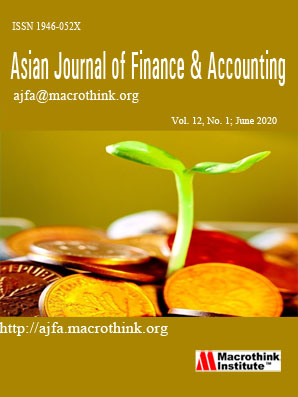Measuring the Success of Information Systems (IS) from Users’ Point of View Using Goodhue Index
Abstract
Nowadays Information systems play a decisive role in success or failure of an organization. Design and deployment of information systems and costly technology investments aim at improving organizational and individual performance. The success of such investments should be evaluated. For effective function of the organization, information systems should be applicable and acceptable by employees. Users’ assessment model about Task / System fit has been suggested by Goodhue as an indicator to measure the success of information systems in the field of quantitative information in managerial decisions. The purpose of studying Task/System fit (TSF), individual abilities and system characteristics and policies is evaluating achievement of the system. This research assessed the users’ evaluation and checking information system achievements in Khatamol-Anbia hospital in Gonbad in Golestan province, Iran during 1389.The method of data collecting was Goodhue questionnaire with changes in environmental conditions. The aim of this field- study research was application and the executive method was descriptive – correlation. The statistical tests were performed using regression and Eviews6 and Excel software. Results showed that information systems in Khatamol-Anbia hospital were successful according to Goodhue index and Research hypotheses were confirmed.
Submission of an article implies that the work described has not been published previously (except in the form of an abstract or as part of a published lecture or academic thesis), that it is not under consideration for publication elsewhere, that its publication is approved by all authors and tacitly or explicitly by the responsible authorities where the work was carried out, and that, if accepted, will not be published elsewhere in the same form, in English or in any other language, without the written consent of the Publisher. The Editors reserve the right to edit or otherwise alter all contributions, but authors will receive proofs for approval before publication.
Copyrights for articles published in MTI journals are retained by the authors, with first publication rights granted to the journal. The journal/publisher is not responsible for subsequent uses of the work. It is the author's responsibility to bring an infringement action if so desired by the author.








